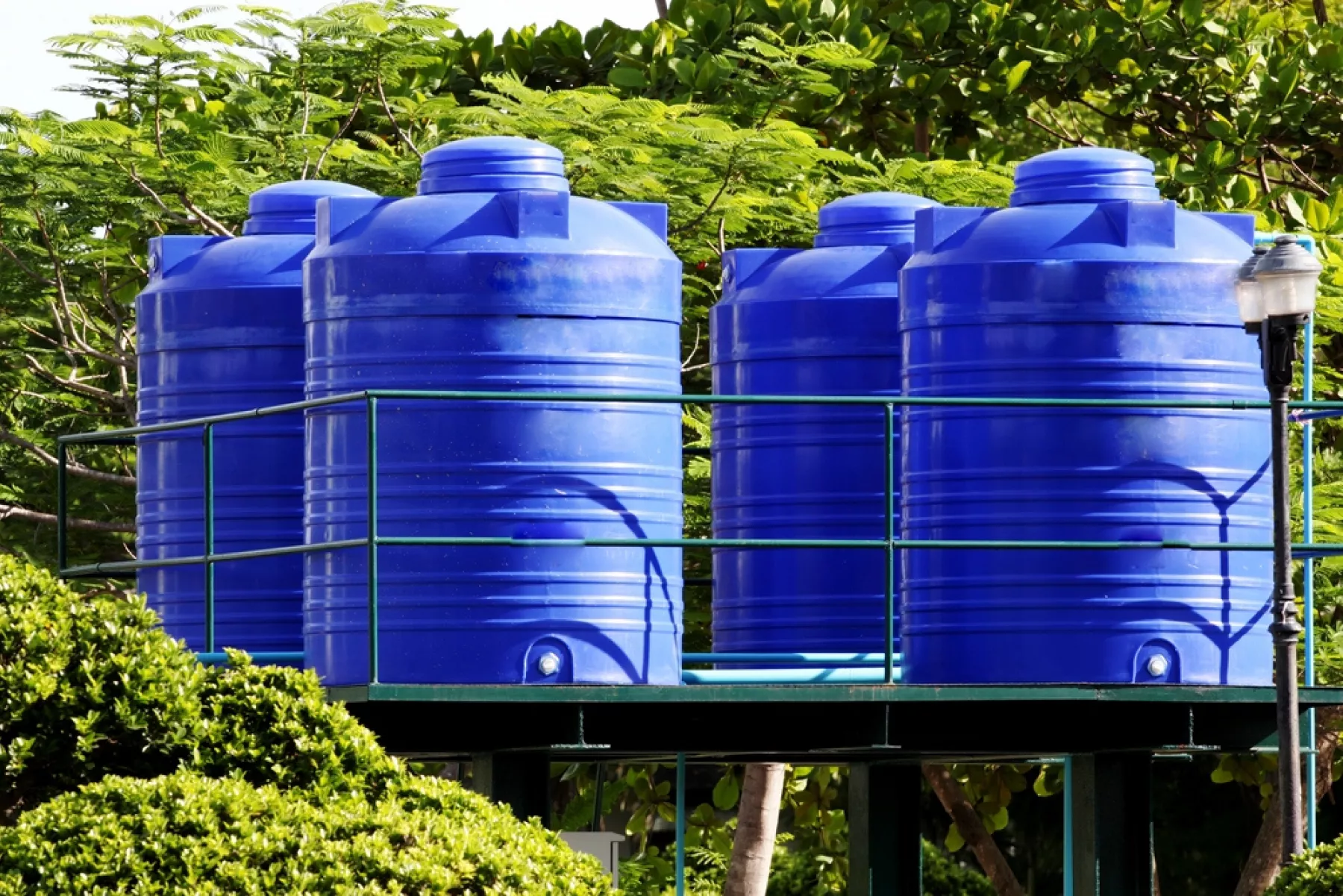Welcome to your ultimate guide on designing kid-friendly landscapes. Over half (53% to be exact) of Australian households with children at home have a garden, according to the Australian Bureau of Statistics. So it is important to see how these spaces can be maximized not only for aesthetics but also for sustainability by integrating water tanks. This post is designed to cover every detail and get those creative juices flowing.
Understanding Kid-Friendly Landscaping
Creating kid-friendly landscaping goes beyond setting up a playground. It is about creating safe, engaging spaces that offer opportunities for learning and play, while fostering an appreciation for nature. The addition of integrated water tanks further adds a component of sustainability and resource management.
Choosing the Right Plants
Selecting the right plants is not just crucial for the visual appeal; it’s also important for safety. Choose plants that are non-toxic, sturdy enough to withstand a bit of rough play, and ones that can provide sensory stimulation.
Installing Integrated Water Tanks
Water tanks are perfect water-saving features that can be incorporated into the landscape design. You will find options that can be buried under the garden or even used as a focal point of your outdoor space.
Safe Material Choices
The materials chosen for paths and play areas should be durable yet safe for little feet. Rubber tiles or soft grass can provide a cushion against falls, and aggregates should be avoided in areas of active play.
Creating Engaging Play Spaces
Your outdoor space should encourage imaginative play. Create diverse zones using different textures, colors, and materials, include elements like sandpits or chalkboards, and consider incorporating objects that make sounds when interacted with.
Designing Learning Spaces
Consider adding elements that can foster curiosity and learning. This could include a small vegetable garden, a bird feeder, or a weather station.
Incorporating Relaxation Areas
While play is essential, relaxation is equally important. Create shaded areas for downtime, reading or picnics and think about including comfortable seating or hammocks.
Thinking of Accessibility
All elements of the landscape should be easily accessible to children of all abilities. Paths should be wide enough for easy navigation and consider creating spaces where children can interact with nature at ground level.
Maintaining Water Quality
Regular cleaning and maintenance is crucial for keeping the water quality safe in your tank. Consider using UV or chemical treatments to ensure the water is free from bacteria and algae, these can be harmful if consumed.
Creating an Eco-Friendly Garden
An eco-friendly garden is more than having integrated water tanks. Incorporate compost bins, encourage local fauna with native plants, consider adding a rain garden or organic vegetable patch too. Teaching children about sustainability starts at home.
Integrated Water Tank Benefits
Having an integrated water tank not only saves water but also reduces your energy bills by minimizing the need for municipal water for gardening purposes. Integrating these with other features such as solar panels can further enhance your garden’s sustainability.
Capturing Run-Off Water
Make sure you capture as much run-off water as possible from hard surfaces like roofs and driveways. Captured water can be funneled into the tanks and reused in the garden – a great way to teach kids about water conservation.
Planning for Future Changes
As kids grow older, their needs change. A good design should be flexible to adapt as they grow – maybe a sandpit today could be turned into a meditation corner tomorrow.
Ensuring Routine Maintenance
A kid-friendly landscape with an integrated water tank does require a bit of maintenance. Regularly checking the playground equipment, paths, plants and water tank condition can ensure you nip any potential dangers in the bud.
Final Thoughts
Creating a kid-friendly landscape with an integrated water tank is not only an exciting project that can transform your outdoor space, but it is also a lifelong investment in sustainability and learning. Get creative, include your children in the process, and enjoy the journey towards creating a magical outdoor space filled with fun, learning, and sustainability.





























